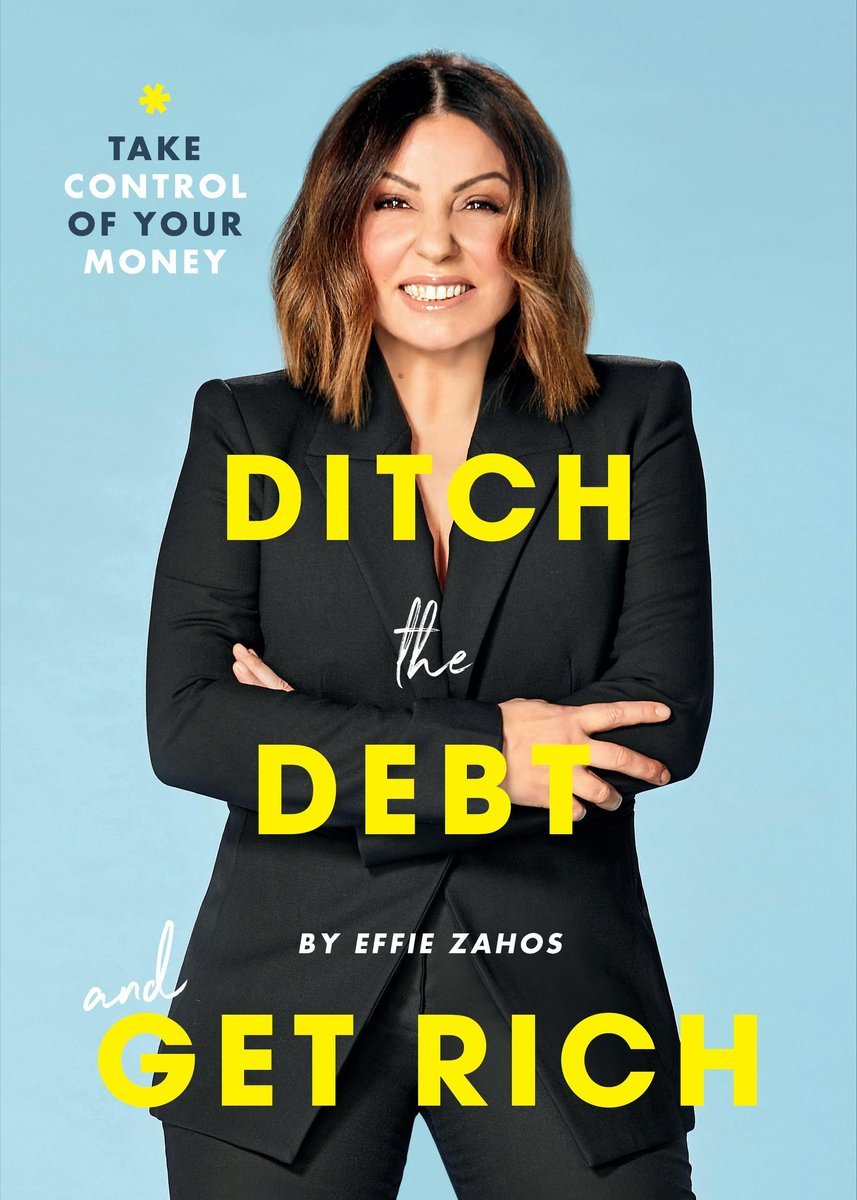
Having money in a savings account always makes sense.
It gives you access to emergency cash, and your money is very safe. But that security can work against you. The returns on cash are very low, so it’s not a way to make your money grow. And that’s what investing is all about.
The thing about investing is that it’s easy to assume you need to be wealthy to get started. Nothing could be further from the truth. In fact, it works the other way around. You build wealth by investing. What’s more, you can be a successful investor with just $100 a week.
Compounding returns do the heavy lifting
What’s so exciting about investing is that even small amounts can make a big difference to your wealth over time. And it’s all thanks to the magic of compounding returns.
Compounding happens when you re-invest returns, so that you start to earn money on your initial investment plus previous returns.
It can be a very powerful force, and with the benefit of compounding under your belt, your investments can grow exponentially over time.
To see how impressive the effects of compounding can be, let’s say that from age 20, Olivia tucks $100 into an investment, earning 6.5 per cent annually.
Sure, it’s a very small sum, but she backs it up by adding $100 to the same investment every week.
